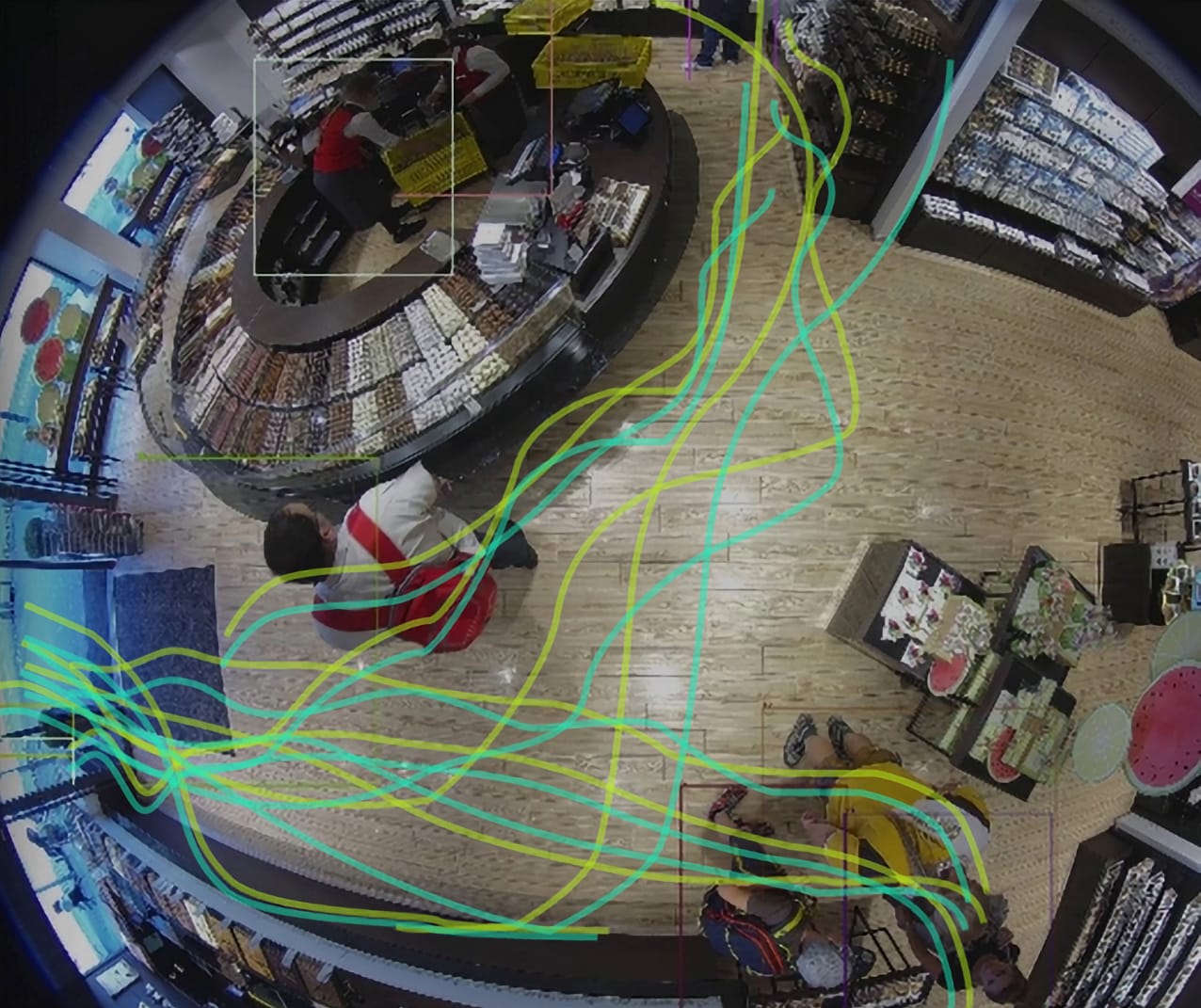What is Customer Behavior Analysis?
Customer behavior analysis is an essential issue for retailers. It is used for optimized store performance, enhanced customer experience, reduced operational costs, and therefore higher profitability.
Computer Vision methods use deep learning models to automatically extract information to analyze customer behavior in retail stores. AI models can detect, track and analyze customer behavior in retail stores using the real-time video of common surveillance cameras.
Key Features of Customer Behavior Analysis
State-of-the-art deep learning algorithms perform people detection for retail analytics with image recognition algorithms.
- Detect people in real-time inside a retail store using the videos of multiple cameras.
- Estimate the number of customers in real-time to detect hot spots automatically.
- Analyze the footfall by measuring time spent in specific areas (attention to shelves, queue times, and more).
- Edge Computer Vision allows guaranteeing privacy by performing machine learning on-device without sending any visuals externally.
Value of AI Behavior Analysis with Deep Learning
Computer Vision is a highly scalable method, especially for large-scale use and use across branches. Compared to alternative customer behavior analysis techniques, no physical sensors are required, installation and maintenance are much less costly.
- Automation of customer behavior analysis, fully contactless, non-invasive, privacy-preserving, and scalable.
- High accuracy, even using inexpensive cameras such as surveillance cameras, can be simultaneously used for conventional surveillance security.
- Actionable insights about store performance and the customer experience. AI vision provides high consistency over time.
- Quantify important customer information and measure the impact of changes (allowing A/B testing with variants, compare marketing strategies).
- Avoid blindspots by tracking key metrics for multiple store sections and compare metrics across multiple locations.
